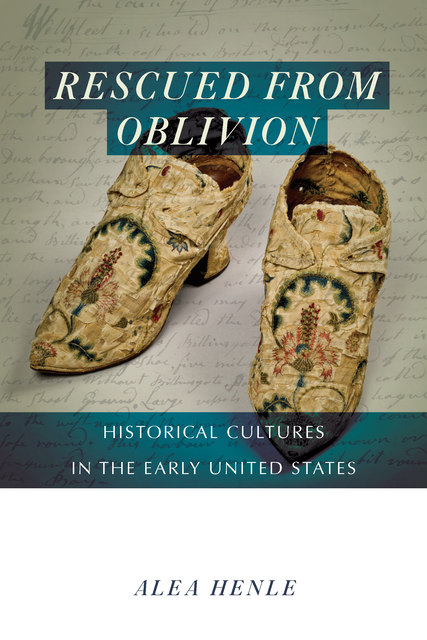Contents
Acknowledgments
Introduction
Chapter One
“The Lumber Yard of History”
The Organization, Progress, Successes, and Failures of Historical Societies
Chapter Two
“So Divided and Subdivided”
Preserving Local Histories and Government Records
Chapter Three
“Providing Materials for History”
Historical Collection Priorities
Chapter Four
“Disjointed Fragments”
Materials as History versus Materials for History
Chapter Five
“Less Repulsive to the General Reader”
Popular History and Historical Societies
Chapter Six
“An Oblivious Society”
Inclusion, Exclusion, and Omission in Historical Collections
Conclusion
Appendix One
Historical and Related Societies Established in the United States, 1791–1850
Appendix Two
Mediating the Connecticut Historical Society Visitor Logs
Notes
Index



